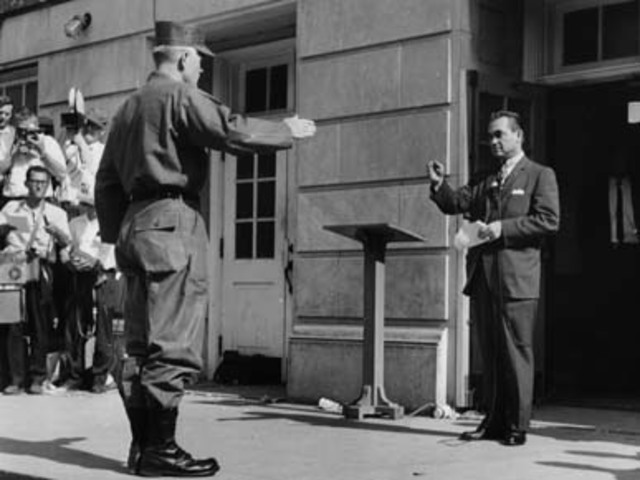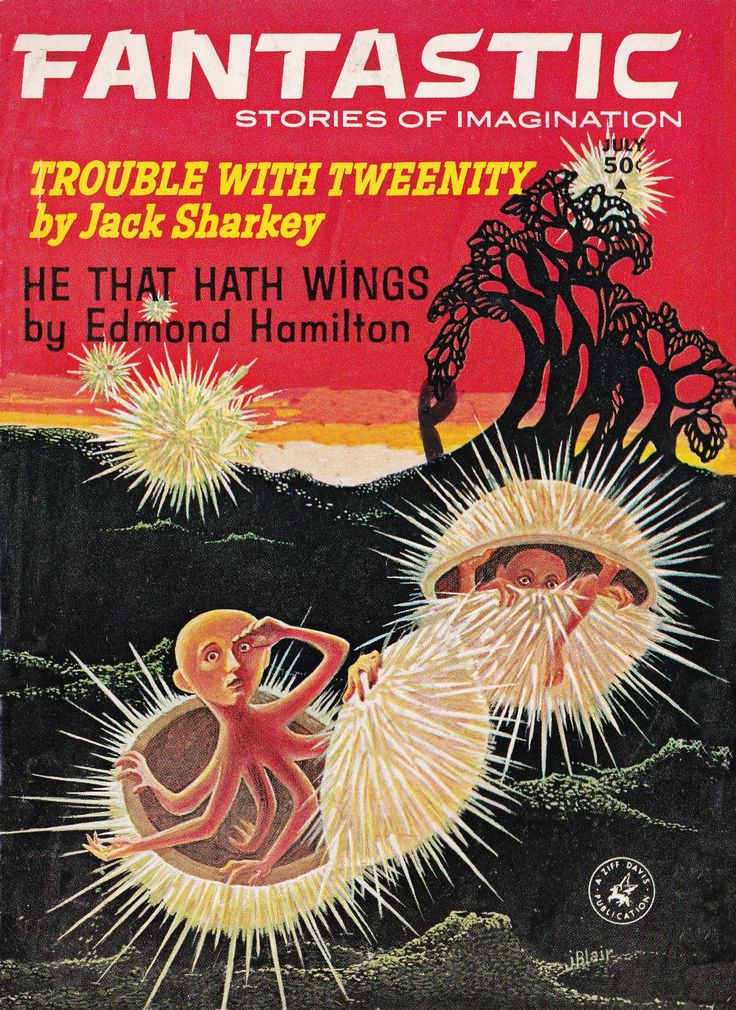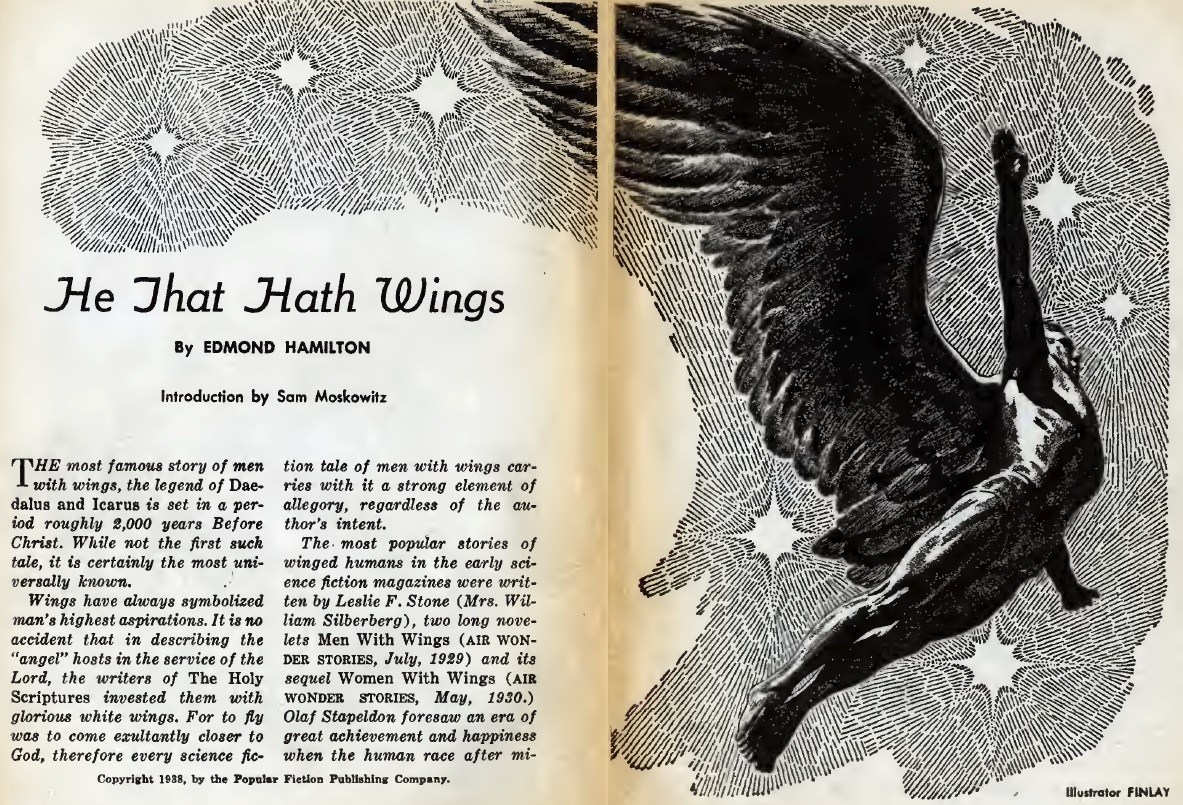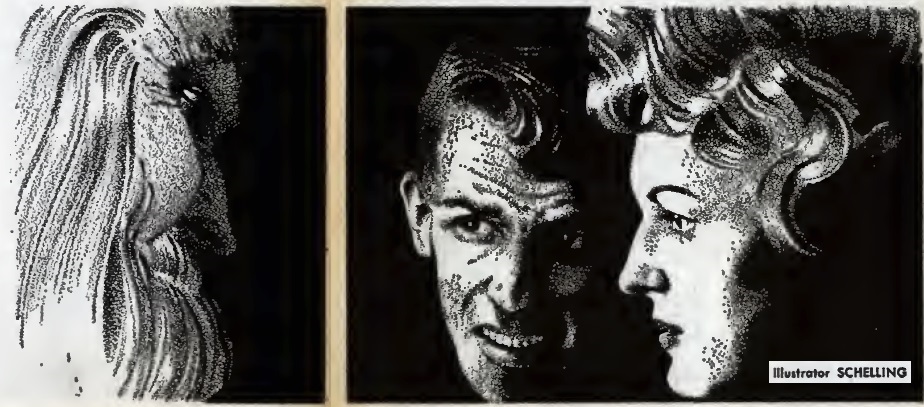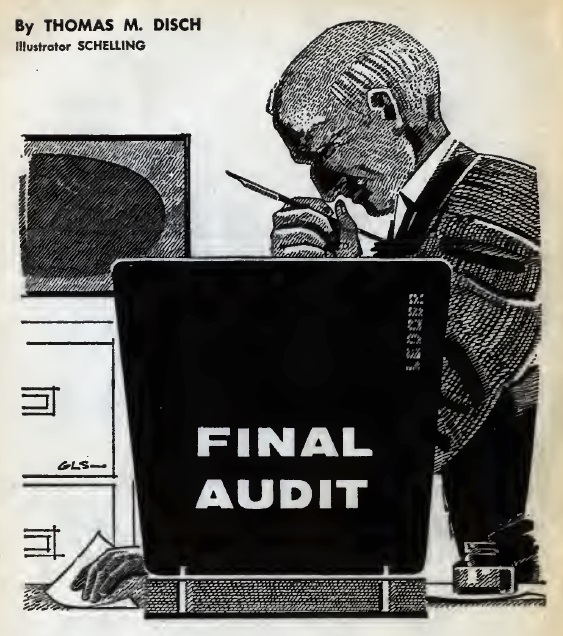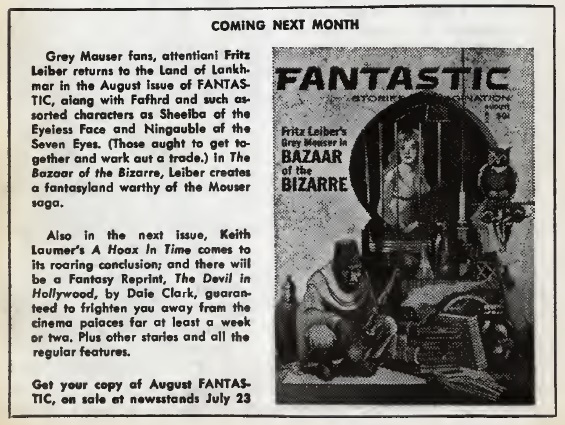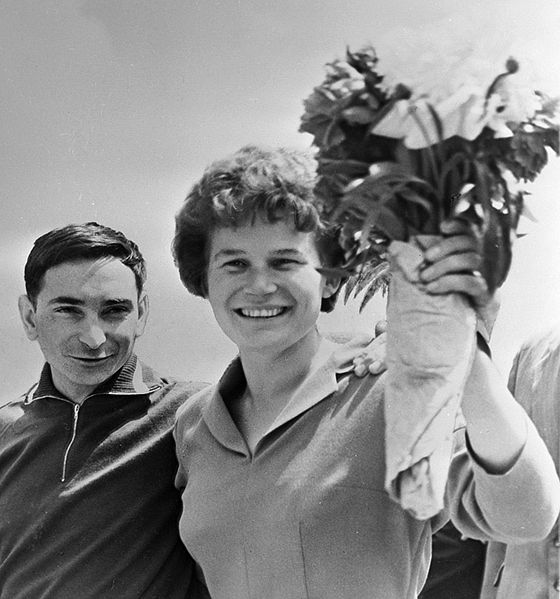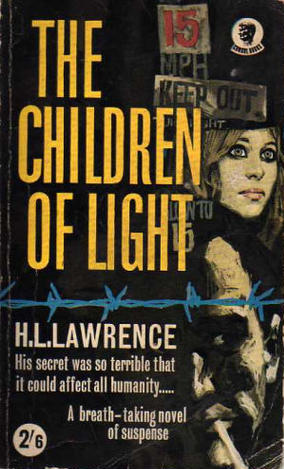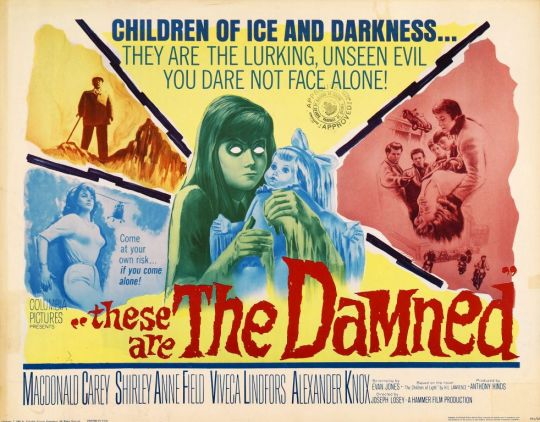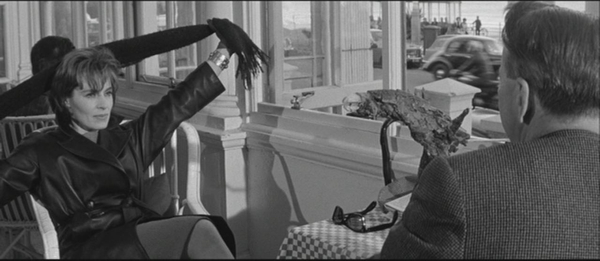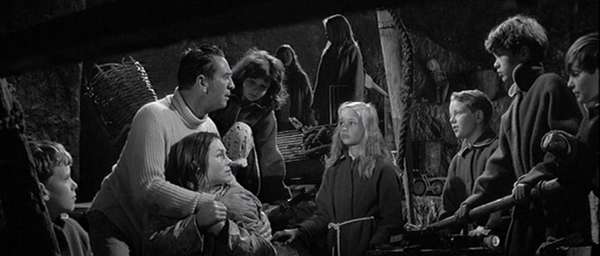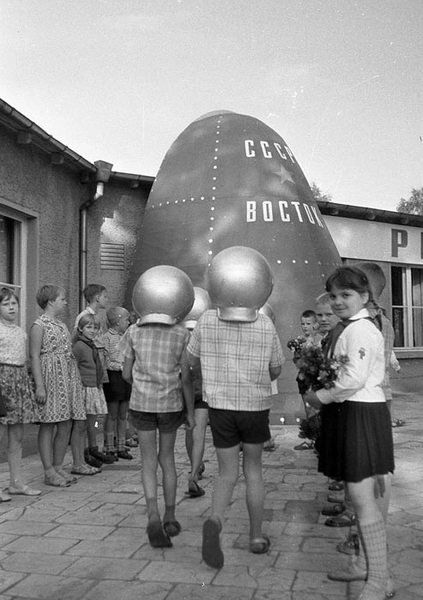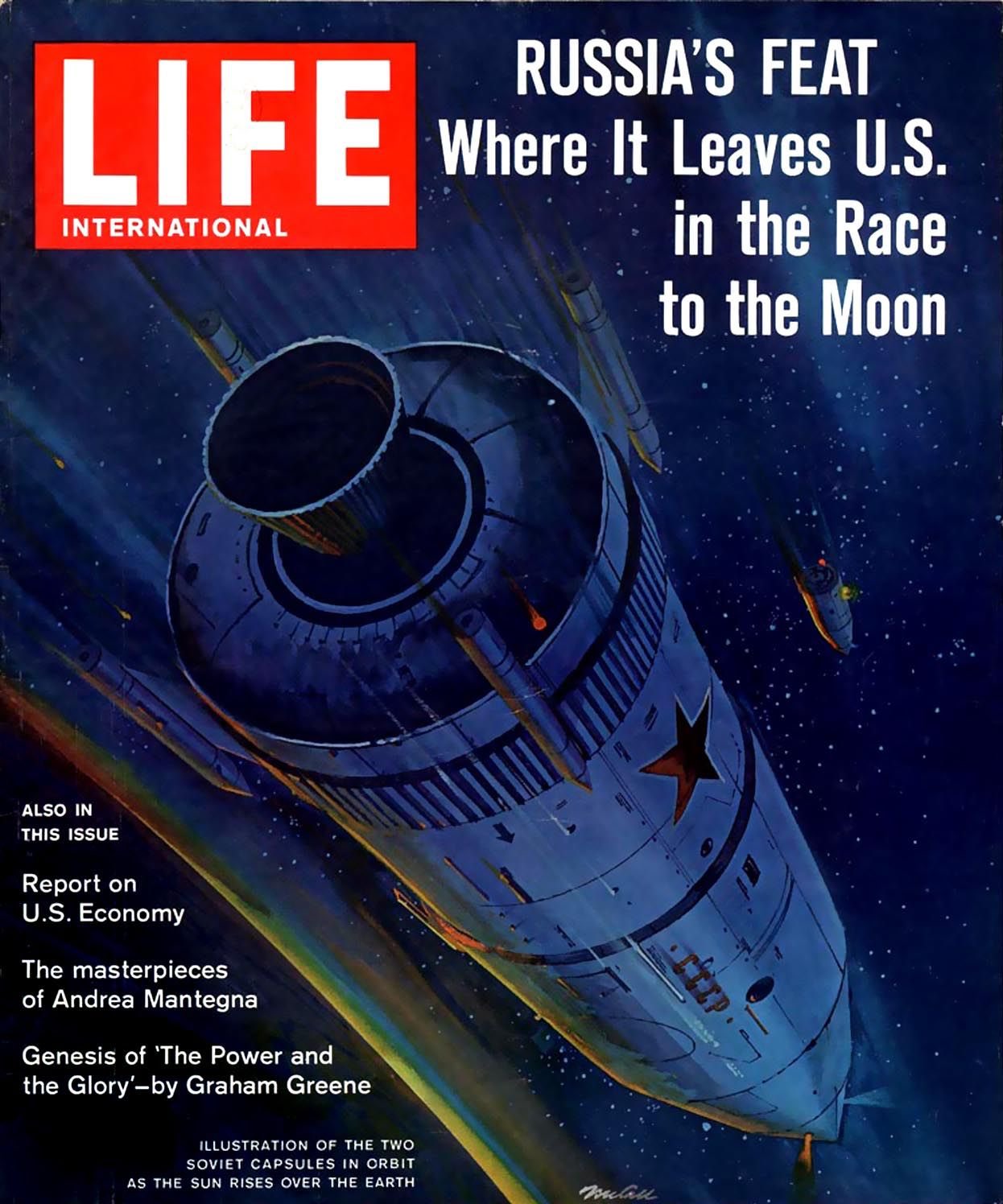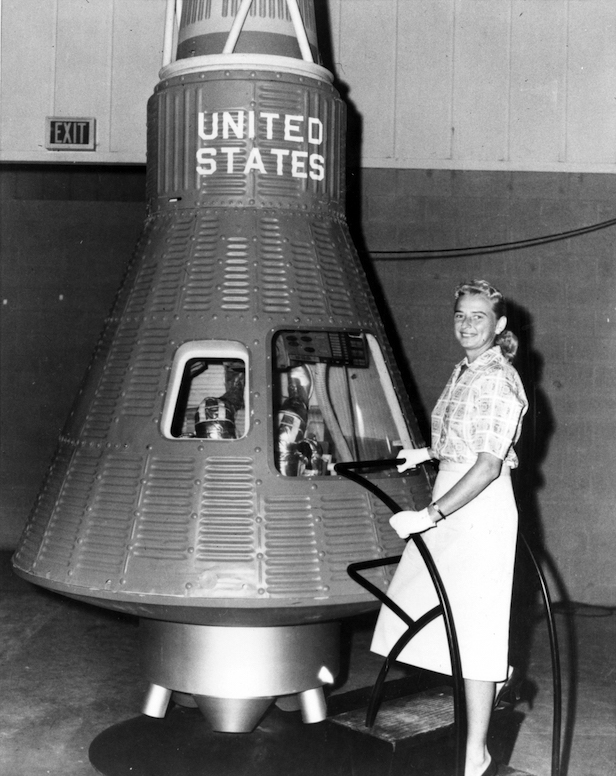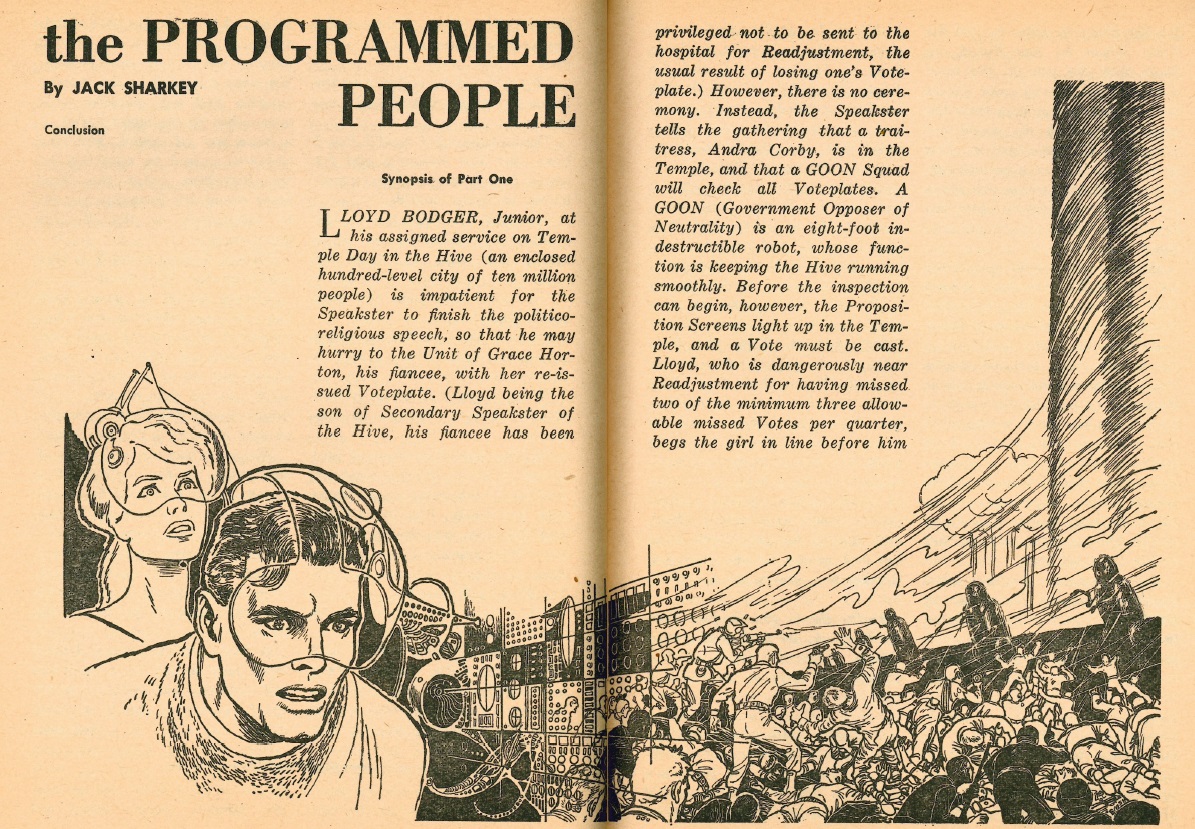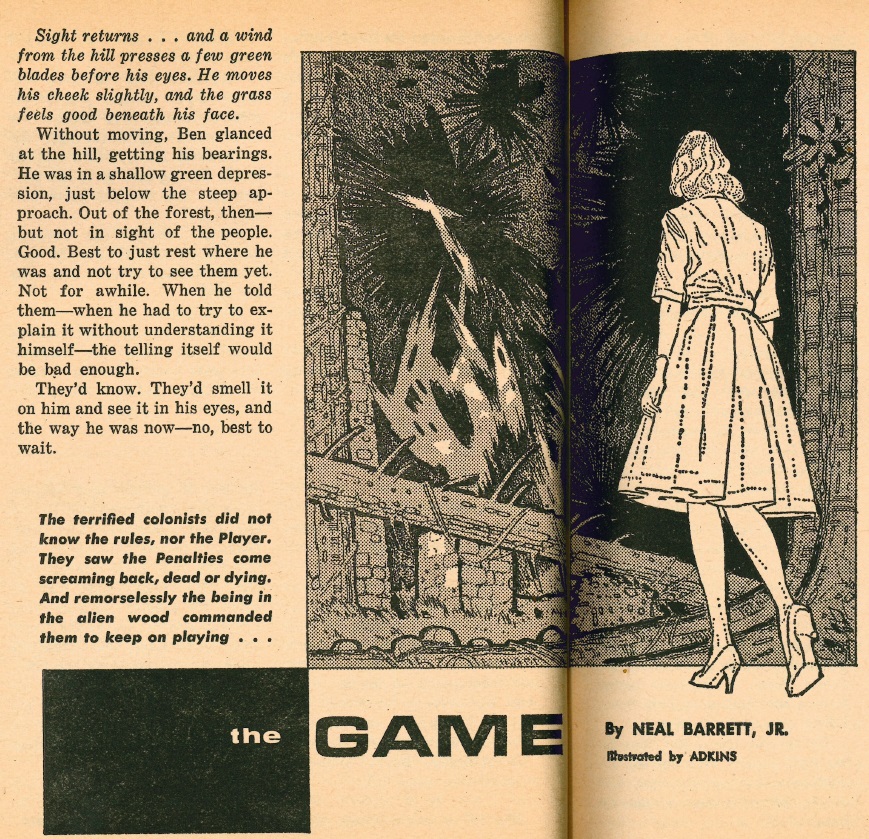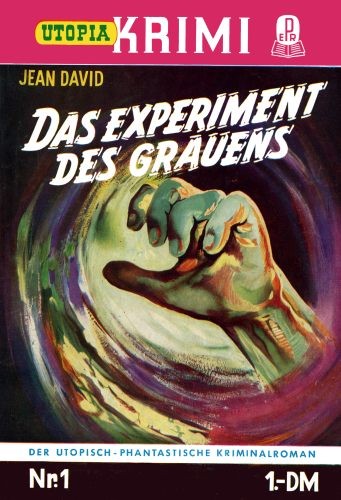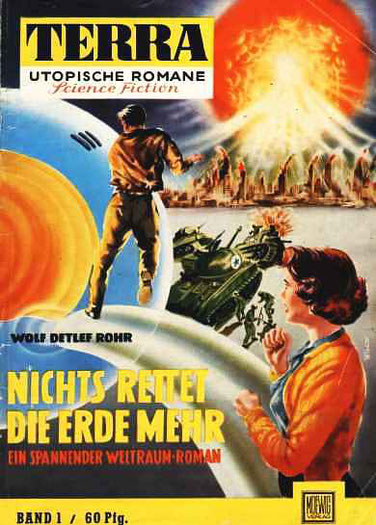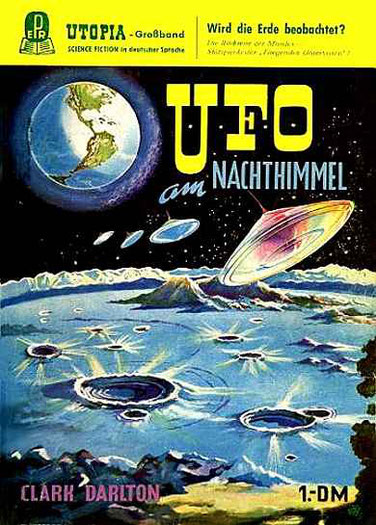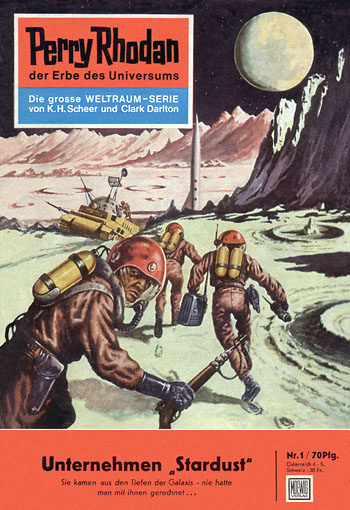
by Gideon Marcus
Galactic Journey approaches the completion of its fifth year in publication, and we delight in the increasing variety of travels we've been able to share with you. We started with science fiction digests and real-life space shots, expanded our coverage to movies and television, and then dove whole-hog into all aspects of culture, including music, politics, and fashion. We even broadened our geographic scope, with British correspondents Ashley Pollard and Mark Yon, and our newest teammember, Cora Buhlert from West Germany.
One constant throughout, dating back to our third article, is the coverage of physical journeys of the Traveler family. And so we tread familiar ground in two respects as the Journey reports for its fourth time from the near-mythical land of Wa, the country of Japan.

We touched down the afternoon of June 10 after a long but thoroughly pleasant trip across the Pacific in first class. Leigh Brackett was my traveling companion, though the conversation was strictly one-way.

The next day, we took a quick flight from Tokyo to the industrial city of Nagoya, third biggest in the nation. Renowned for its drab ugliness, nevertheless we like it, not for the least reason the presence of three good friends — one native and two transplants.

After a delicious lunch, we all gathered in the hotel room and performed music together (Nanami and the Young Traveler are both accomplished ukelele-players).

We had just one full day after that in Nagoya, and we used the time to good advantage, exploring the many shopping and dining options. Despite June being monsoon month in Japan, rain was sparse and the temperature reasonable (though the humidity rivaled that of pre-Mariner Venus…)

For the last five days, we have been back in the nation's capital. Tokyo is a city in transition, busily preparing for the Olympics next year. In addition to the remodeling of the Shibuya district, work is being completed on the new bullet train that will reduce the trip from Osaka to Tokyo (about the same distance as Los Angeles to San Francisco) to just three hours. Would have been nice on our trip this time around…



My primary destination this time around was Jimbouchou — Bookseller's Row — where dozens of bookstores crowd a cluster of avenues. I've never seen so many volumes crowded together in one place! However, the subject matter tended to be rather dry and abstruse at most of the places, and I made most of my scavenging finds at the second-hand shops around the various universities.


As for the rest of the time, we shopped, we dined, and we walked…endlessly. More than five miles every day.


One "highlight" of the trip was the chance to watch King Kong vs. Godzilla in the cinema. There will be a report.
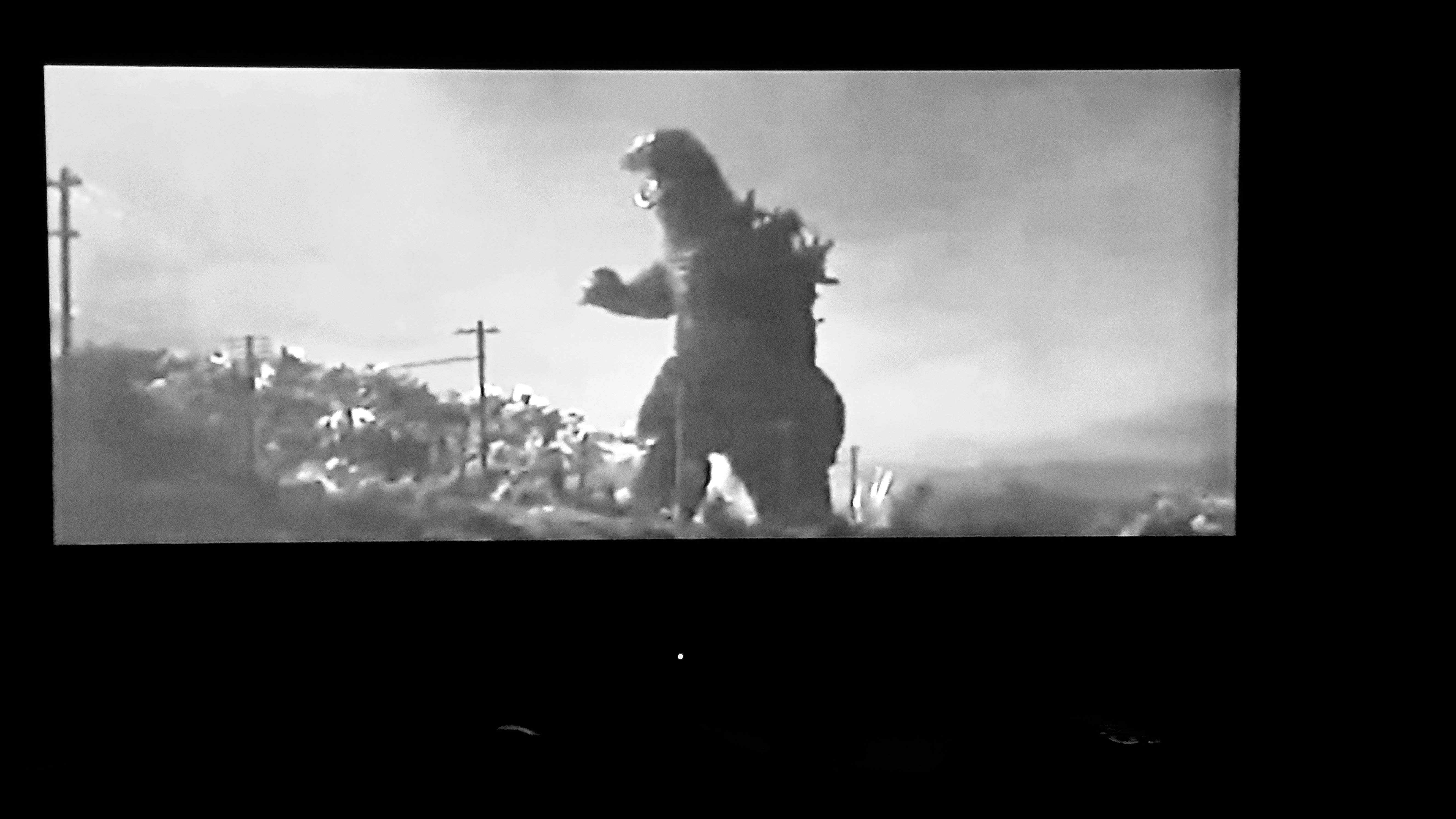
I also found time to enjoy to enjoy the July 1963 Fantasy and Science Fiction, the fourth issue of this venerable magazine I've read in Japan. How did this set of excursions compare to the real-life adventure I am currently enjoying? Read on and find out!
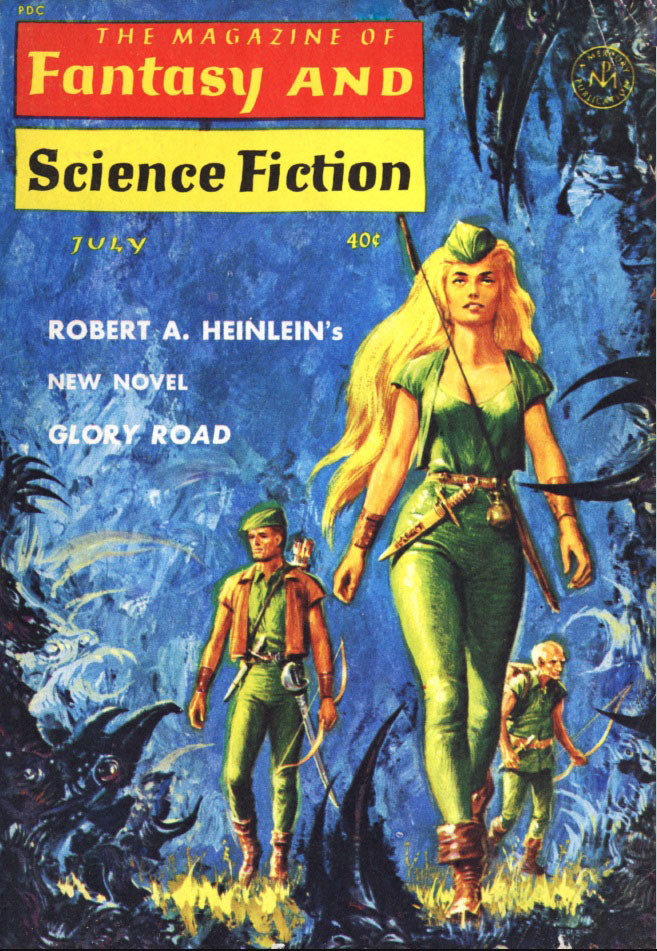
Glory Road (Part 1 of 3), by Robert A. Heinlein
Most of the issue is taken up by the first half of Heinlein's latest novel. Evelyn Cyril "Oscar" Gordon is a remarkable young man plagued by hard luck: a skilled athlete saddled with a losing team; an abortive engineering student sent to fight (and grievously wounded) in Vietnam; a winner of the Irish Derby sweepstakes whose ticket turns out to be counterfeit. Things look up when he answers this classified ad, tailor-made for him:
"ARE YOU A COWARD? This is not for you. We badly need a brave man. He must be 23 to 25 years old, in perfect health, at least six feet tall, weigh about 190 pounds, fluent English, with some French, proficient in all weapons, some knowledge of engineering and mathematics essential, willing to travel, no family or emotional ties, indomitably courageous and handsome of face and figure. Permanent employment, very high pay, glorious adventure, great danger. You must apply in person, rue Dante, Nice, 2me étage, apt. D."
Gordon's employer is the unearthily beautiful "Star," part Amazon, part Fae. Along with her aged but capable assistant, Rufo, the trio head off into a fantastic dimension on an errand whose purpose is known only to the mysterious magical lady. There, they run into golems, explosive swamps, easily offended hosts, and many other dangers.
Glory Road is Heinlein's answer to Anderson's Three Hearts and Three Lions, and the closesness with which it hews to the predecessor only highlights its inferiority. Anderson's tale was fun and subtle, his characters well-realized. Heinlein, as we saw in his last book, Podkayne of Mars, can't seem to portray anyone but Heinlein these days. When Oscar and Star start mooning at each other, it's like watching old Bob seduce himself.
I did enjoy the first 30 pages or so, detailing Gordon's pre-adventure life, however, and there are moments of interest along the way. But if you're looking for the next Starship Troopers or The Menace from Earth, this likely won't be it. Three stars.
Success, by Fritz Leiber
The creator of Fahfrd and the Grey Mouser offers up this fantasy vignette, a distillation of the genre in four pages. Is it satire? Parody? Or the only fantastic story you'll ever need to read? Vividly written but inconsequential. Three stars.
The Respondents, by Doris Pitkin Buck
Pretty words from one of F&SF's resident poets. Three stars.
With These Hands, by Kenneth Smith
The first SF publication by this college freshman, this is a tale of an artless alien (both descriptors used literally) unable to contribute to Earth's cultural beauty despite his desperate admiration. It starts off strong, but the ending is a bit talkie and mawkish. Nevertheless, three stars, and let's see some more!
The Isaac Winners, by Isaac Asimov
A rather lackluster piece this month, just a list of the top 72 scientists in human history. The best part of the article is Asimov's justification for the trophy's name (after Newton, of course!) Three stars.
As Long as You're Here, by Will Stanton
F&SF perennial, Stanton, gives us a both charming and chilling tale about a couple that digs a deep shelter to avoid the hell of nuclear annihilation only to find Old Nick digging upwards to expand his domain in similar anticipation. It stayed with me. Four stars.
McNamara's Fish, by Ron Goulart
Max Kearny, spiritual private eye, is consulted individually by both members of a married couple, who both fear the other partner is being unfaithful. Is something fishy going on? Yes! Indeed, in this case, the troubles stem from the meddling of a venal water elemental. Goulart's Kearny tales are always glib and enjoyable, though this one is less substantial than most. Three stars.

Thus ends a pleasant but not superlative issue of F&SF, an issue more notable for the environs in which it was read (on a rock under a waterfall near a shrine; in the lounge of a fancy Nagoya hotel; on a train traveling in the shadow of Mt. Fuji) than its contents.
See you in two days when I discuss the most amazing events happening just a few hundred miles over our heads as we speak…








